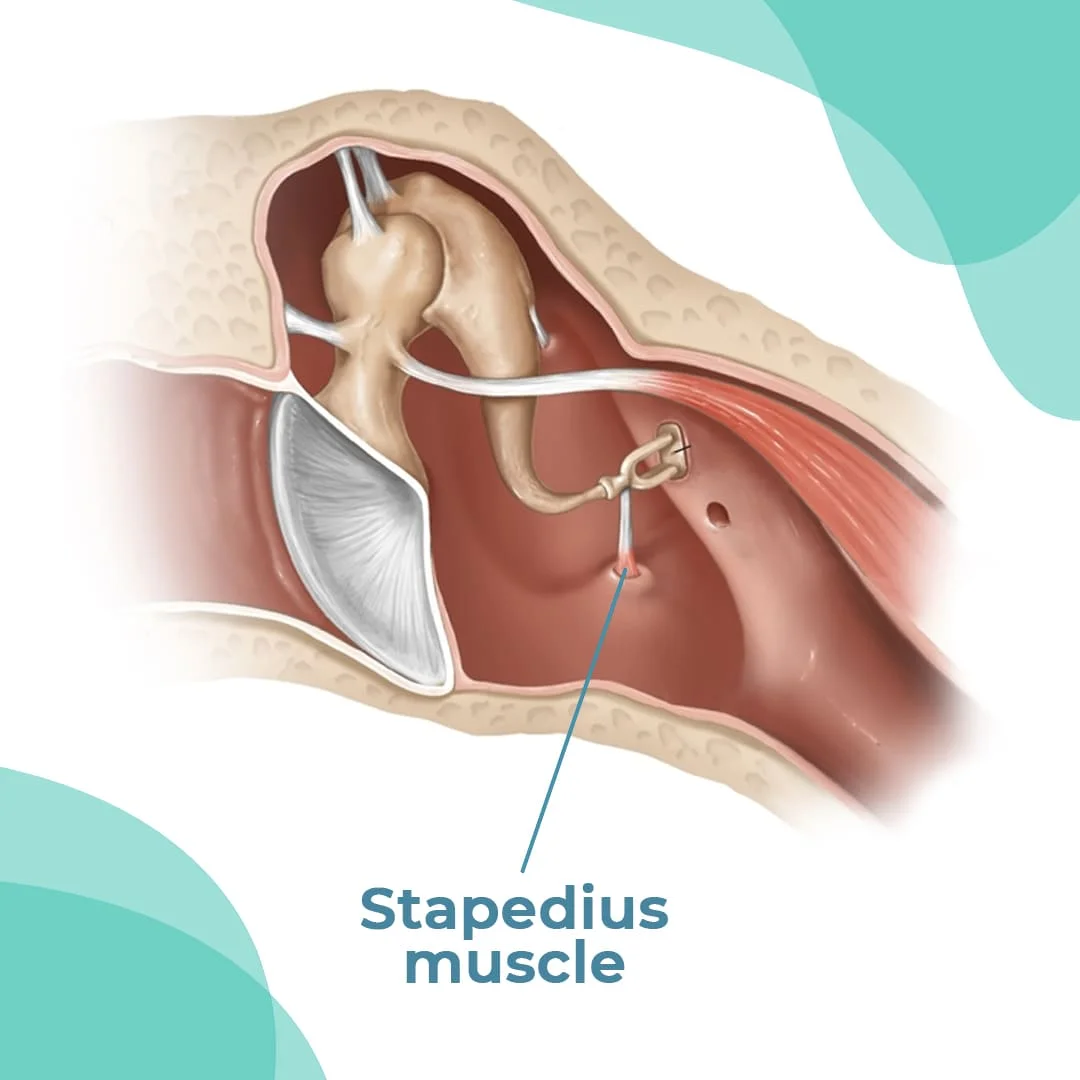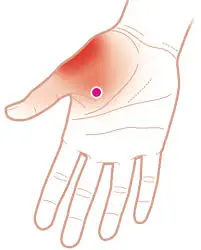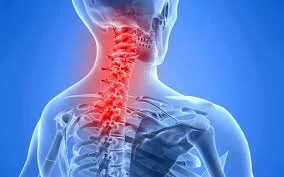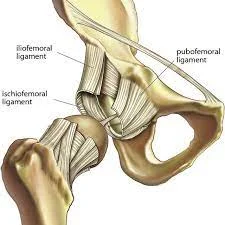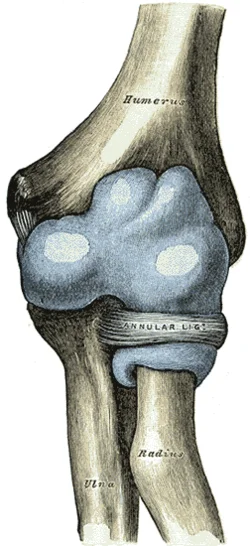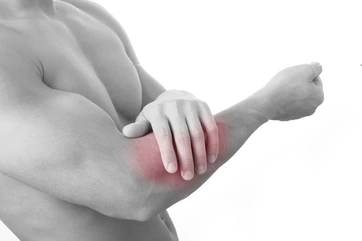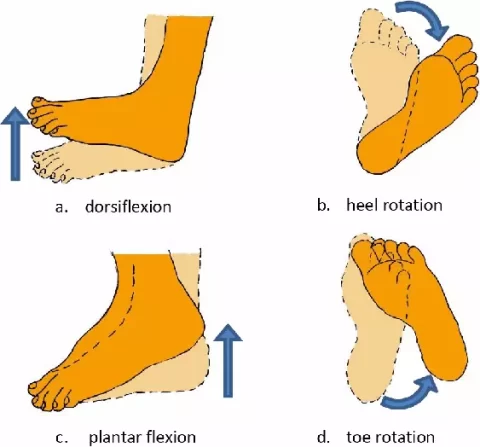Stapedius Muscle
What Is The Stapedius Muscle?
The human body’s smallest skeletal muscle is the stapedius. Its function is to maintain the stapes, or combing bone, of the middle ear, the smallest bone in the body, measuring slightly over a millimeter in length.
Structure
The stapedius inserts into the stapes neck after coming from a small foramen or space in the pyramidal importance, an absent, cone-shaped extension in the posterior wall of the tympanic cavity.
Function
The function of the tiny stapedius muscle in hearing is vital. Stabilizing the stapes bone the smallest bone in your body is its primary purpose. The function of the middle ear is to aid in the movement of sound waves from the outer to the inner ear.
By pulling on the stapes bone’s neck, the muscle that makes up the stapedius reduces the stapes vibrations. Being affected by the acoustic reflex, it keeps the stapes from moving too far, which aids in maintaining the volume of sound waves that reach the inner ear from the outside world.
As you hear sounds, this place of events begins. Your brain receives messages from inner ear receptors that are stimulated by vibrations. Your middle ear obtains an alert from your brain stem instructing your stapedius muscle to contract.
The stapes bone comes from the oval window, which divides the middle and inner ear, as sound waves travel through the three canals of the middle ear. The stapes bone opens the oval window, which starts the sound processing process and causes the fluid in the inner ear to move.
The acoustic middle ear reflex, an involuntary response, includes this hearing-protecting reflex. With certain instruments, medical professionals can assess your acoustic middle ear reflex, and the findings can disclose important details about the state of your hearing.
Origin
The pyramidal eminence of the tympanic cavity is the origin of the stapedius muscle.
Insertion
Neck of stapes.
Nerve supply
The nerve to the stapedius, a branch of the facial nerve, supplies the stapedius.
Blood supply
The Stapedial branch of the posterior auricular artery provides blood to the Stapedius muscle.
Anatomical Variations
A person may occasionally be born without stapedius tendons or muscles. This could result in hearing issues, like hearing loss.
Clinical significance
Stapedius Paralysis
When the stapedius is paralyzed, the stapes can be affected more easily, causing the ears to respond to sound vibration more strongly. This disease is characterized as the condition, which causes normal noises to seem abnormally loud. The face nerve is affected first when the nerve to the stapedius, a branch of the facial nerve, is injured. This causes the paralysis of the stapedius muscles. The stapedius muscle is paralyzed in Bell’s palsy, a unilateral facial nerve paralysis that can result in the condition.
The stapedius muscle may flutter if there is a problem with its nerve supply or if it sustains damage from another cause. Involuntary contraction of the stapedius muscles can produce sensations and sounds involving butterflies or bird wings in the ear. While some people can carefully control this vibrating, it is typically associated with neurodegenerative illnesses such as Bell’s palsy.
If anomalies occur in the stapedial nerve reflex, tinnitus may result. A more common condition involves the condition that uses continuous moving or ringing and is unaffected by outside noise. 15% to 20% of elderly people have the sensation as a side effect of different types of ear damage. It is becoming more common in younger people since they are more likely to damage their hearing from listening to louder than recommended earbuds.
Hyperacusis
The most common symptom of a condition known as hyperacusis is an extreme sensitivity to certain noises that do not typically cause problems for other people. Severe variations of this illness can cause typical noises, like a phone ringing, to hurt or bother patients.
Damage to the facial nerve distal to the geniculate ganglion is a common cause of severe forms of hyperacusis. A probable consequence of injury is stapedius muscle palsy, which makes it unable to block off sounds from the outside world.
This explains why regular noises seem abnormally loud to certain patients. Due to the failure of one of the most crucial defense mechanisms, the auditory system is susceptible to injury and can result in total deafness.
Rehabilitation
Although addressing the underlying cause of the condition may be helpful, there is currently no accepted treatment for the disorder. For instance, discontinuing a dose of medication that damages your ears may stop the damage from becoming stronger.
Sound therapy can help you get used to hearing normal sounds again, which can be affected by using headphones that create white noise. Reduce anxiety by using cognitive behavioral therapy (CBT) to change your perspective on your condition.
Conclusion
A complete understanding of the microanatomy of the stapedius muscle and its relationship to the facial nerve is necessary for stapes surgery and extra facial nerve operations like decompression and nerve grafting.
FAQ
Where is your stapedius muscle?
The stapedius muscle is the smallest in the human body, measuring just 6 millimeters in length. It is located in the middle ear’s tympanic chamber and connects the posterior part of the stapes neck to the pyramidal position of the petrous region of the temporal bone.
What is another name for the stapedius muscle?
The auditory reflex is another name for this contraction of the stapedius muscle. The tensor tympani is the second muscle in the middle ear that protects hearing.
What happens if the stapedius is damaged?
Wider stapes oscillations will ensue from damage to the stapedius nerve, which will cause increased perception of sounds as much louder than they are for an individual who does not have damage to this nerve.
Which muscle in the human body is the smallest?
The smallest skeletal muscle in the human body, the stapedius muscle, is important to otology. One of the intratympanic muscles used to control sound is the stapedius muscle.
What is the action of the stapedius?
The stapedius tendon is the direction when the stapedius muscle pulses the stapes neck. The incus and malleus stiffen as a side effect of this movement, which also changes the inner ear’s perilymph pressure. This is the stapedius reflex’s inner ear protection mechanism against noise-induced hearing impairment.
What nerve is stapedius?
The facial nerve (CN VII), which innervates the stapedius muscle, branches off to become the stapedius nerve.
How do you treat the stapedius muscle?
Acupuncture, hypnosis, relaxation techniques, and basic psychotherapy are all possible. Benzodiazepines, muscle relaxants, anticonvulsants, and sedatives are among the helpful drugs. Tympanostomy surgery, which is performed to treat this problem, involves cutting the stapedius muscle.
How is the stapedius muscle trained?
Tensor tympani and stapedius muscles are worked with high- and low-frequency sound therapy, which improves the muscles’ tone and flexibility. These muscles’ contractions and relaxations aid in identifying specific sound frequencies that may not have previously reached the ear.
Why is the stapedius muscle important?
A little muscle found inside the middle ear is called the stapedius muscle. It aids in maintaining the stability of the stapes bone, controls sound, and protects your inner ear from harm from loud noises.
What does the stapedius muscle protect?
On the healthy side, the hearing sensitivity stayed constant. Thus, the inner ear is protected from acoustic harm by the reducing action of the acoustic stapedius reflex.
References:
- Stapedius muscle. (2024, March 25). In Wikipedia. https://en.wikipedia.org/wiki/Stapedius_muscle
- Stapedius muscle. (2023, November 3). Kenhub. https://www.kenhub.com/en/library/anatomy/stapedius-muscle
- D. (2023, July 25). Stapedius muscle. Mobility Physiotherapy Clinic. https://mobilephysiotherapyclinic.net/stapedius-muscle/

